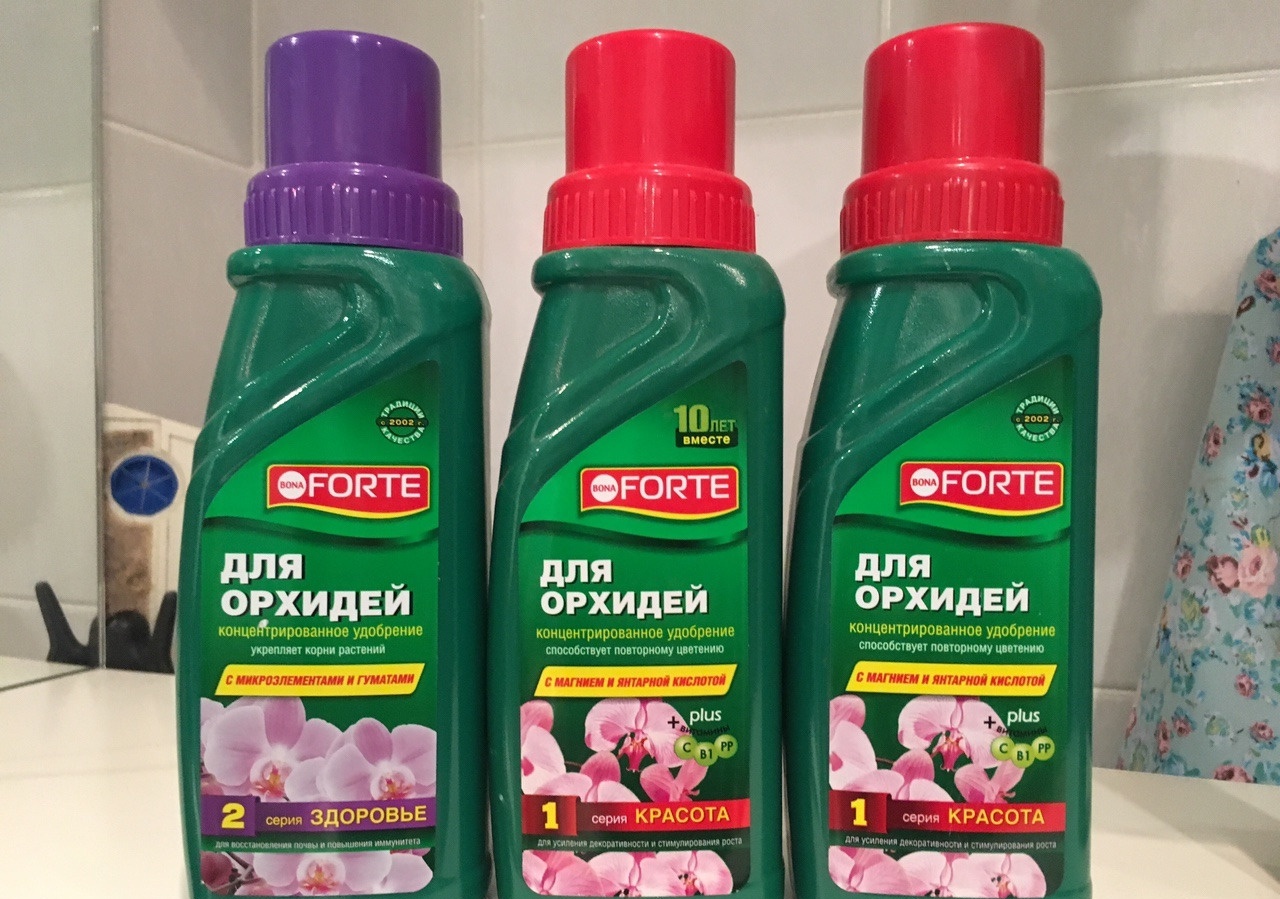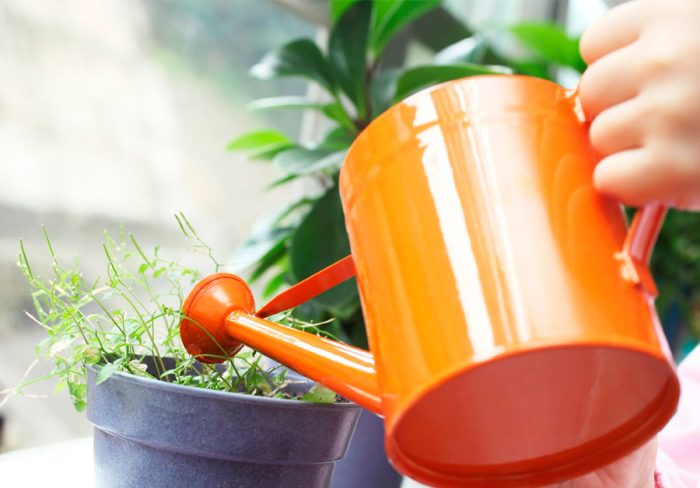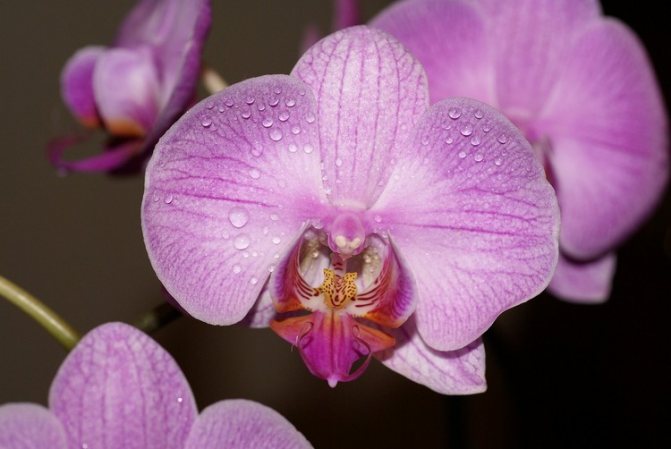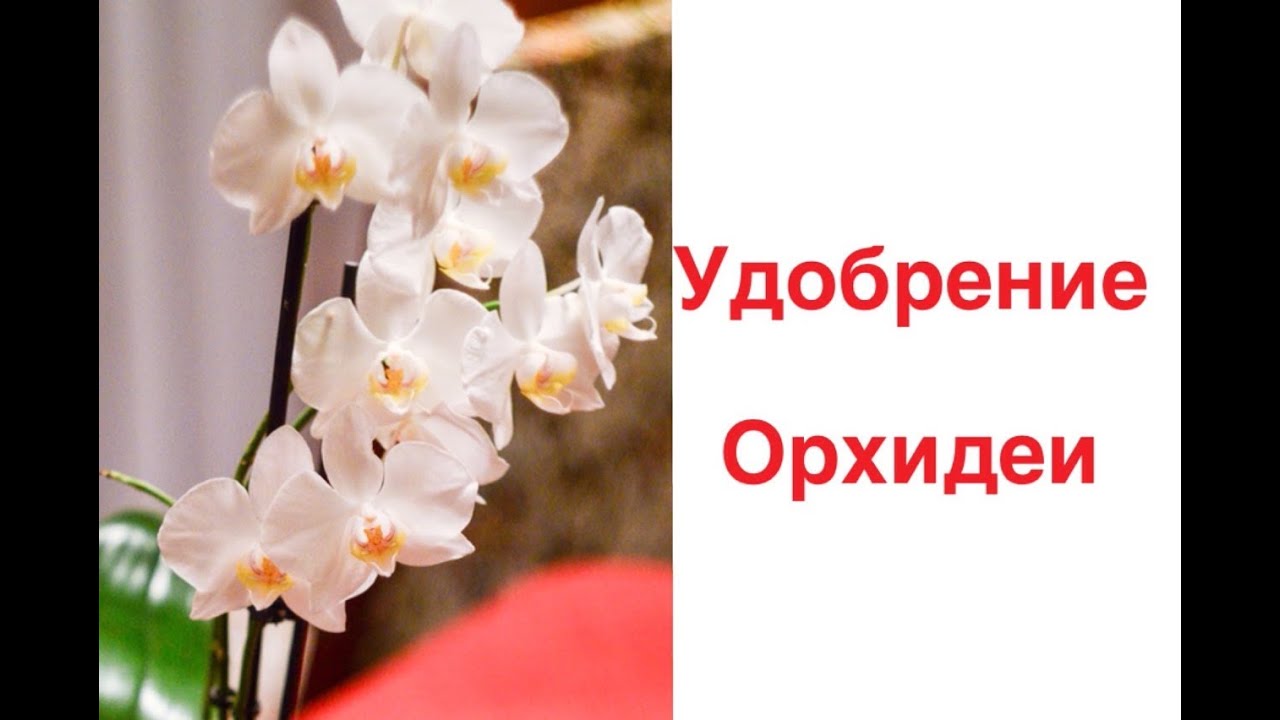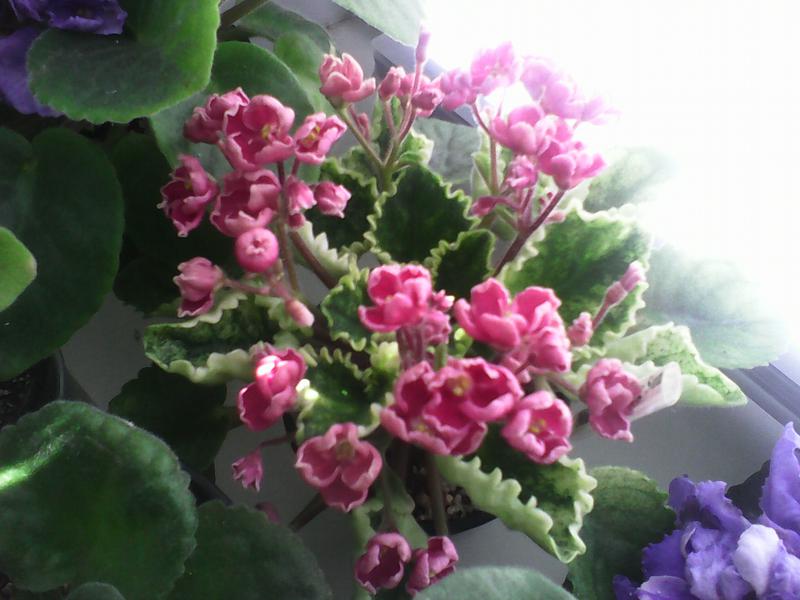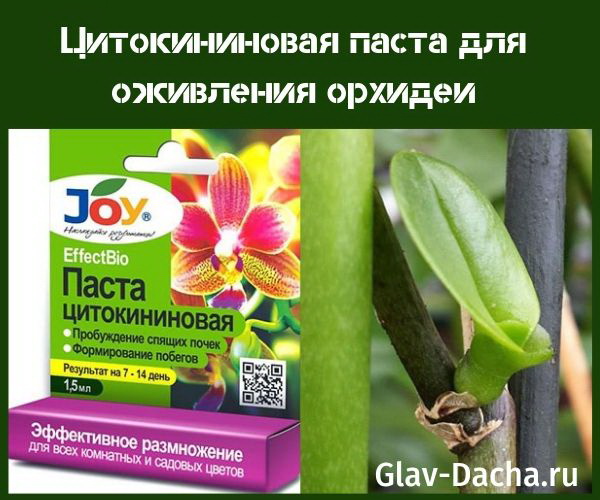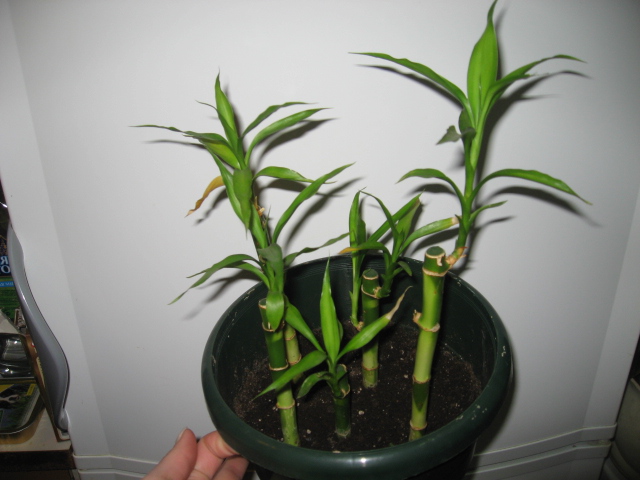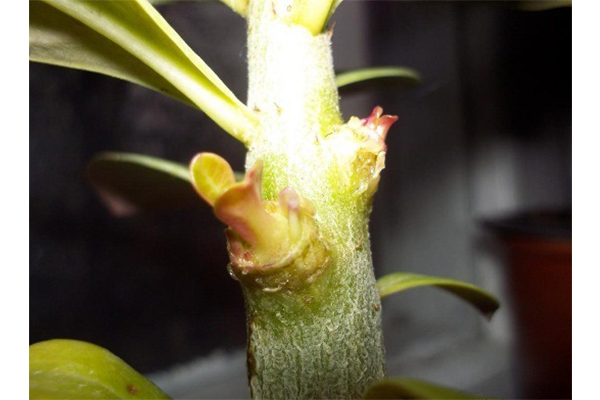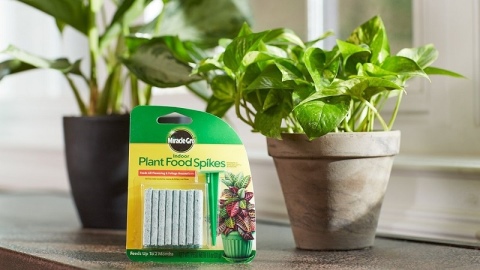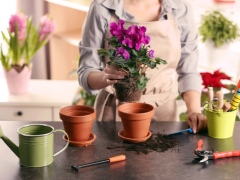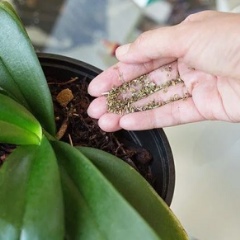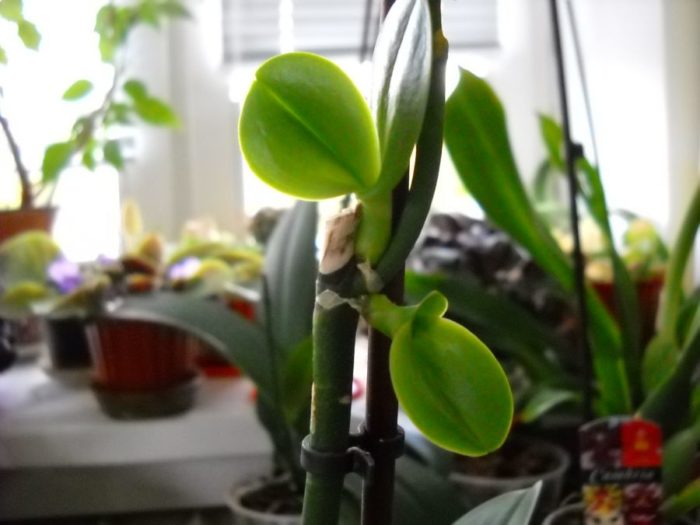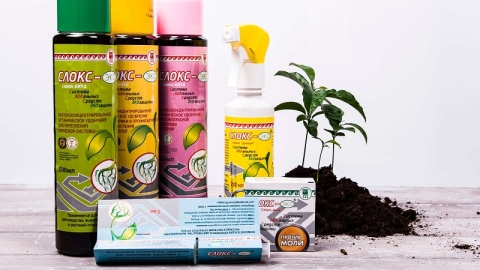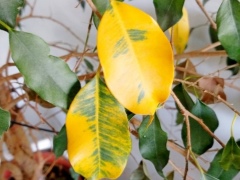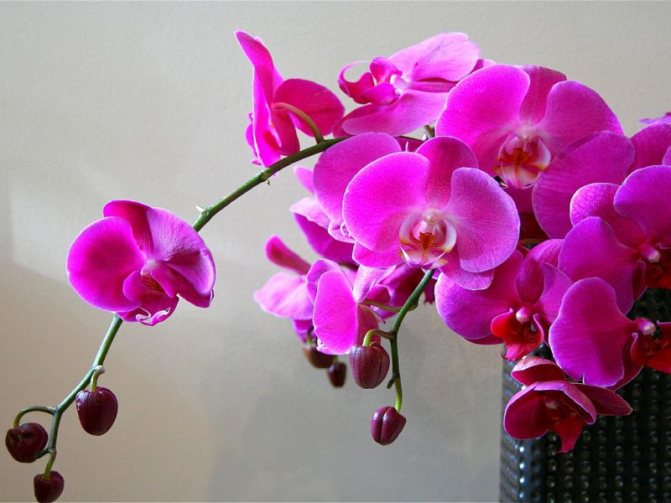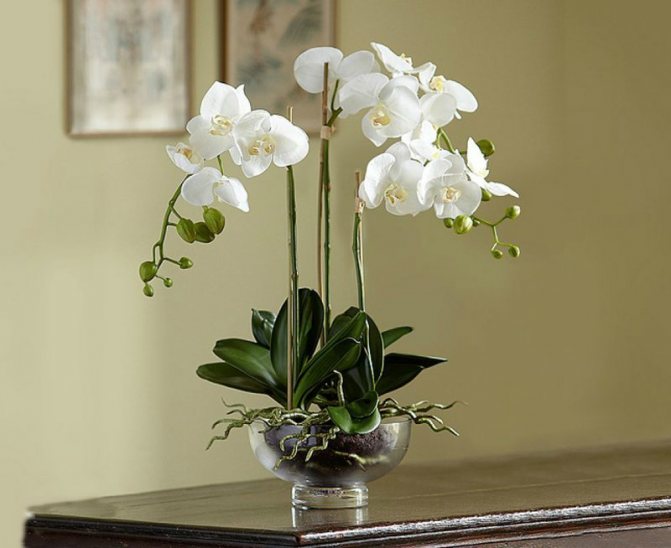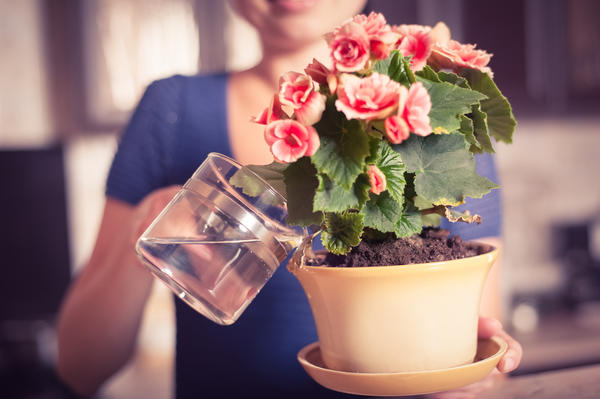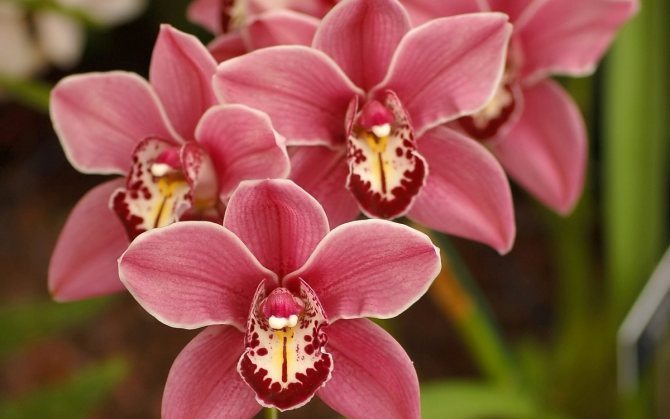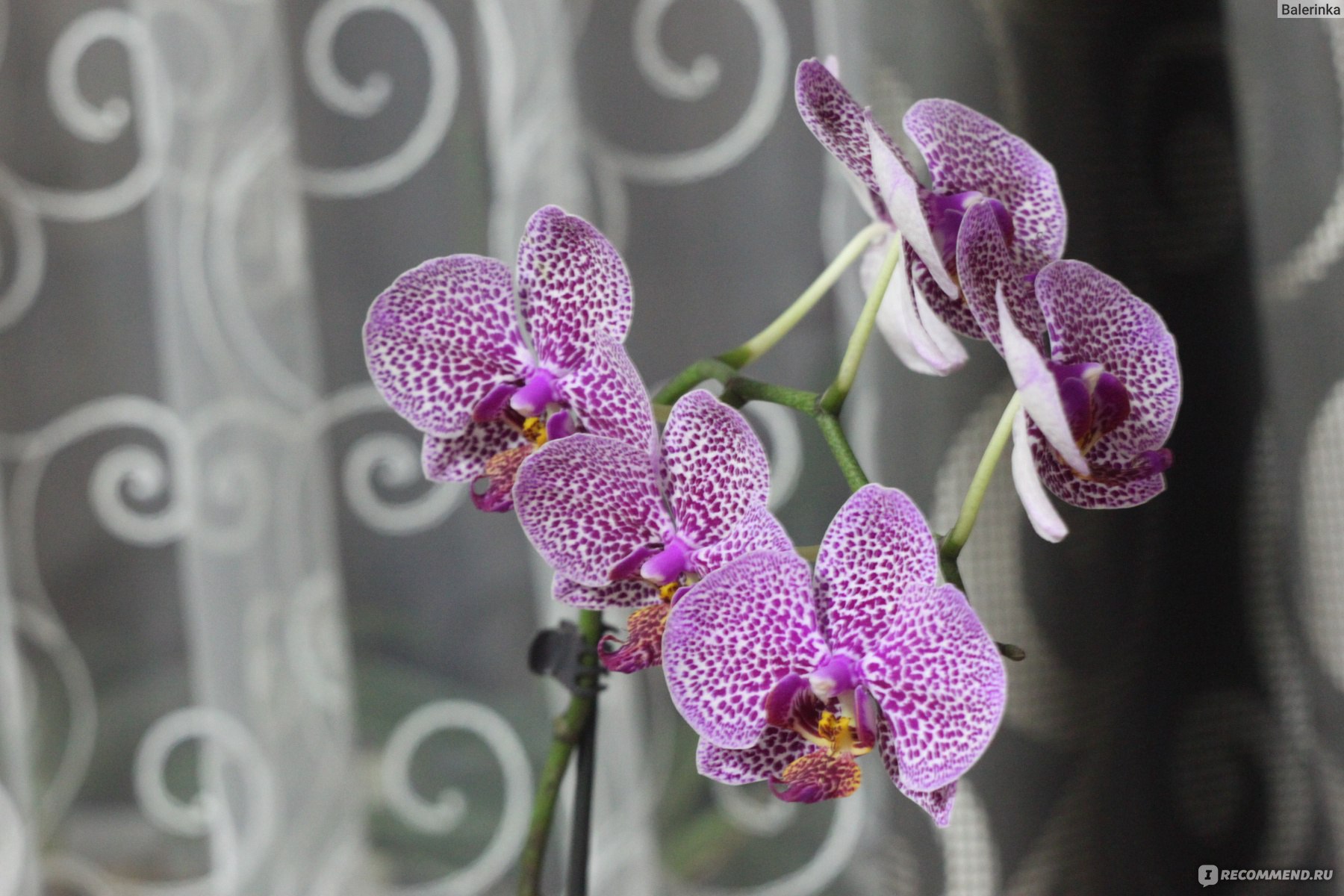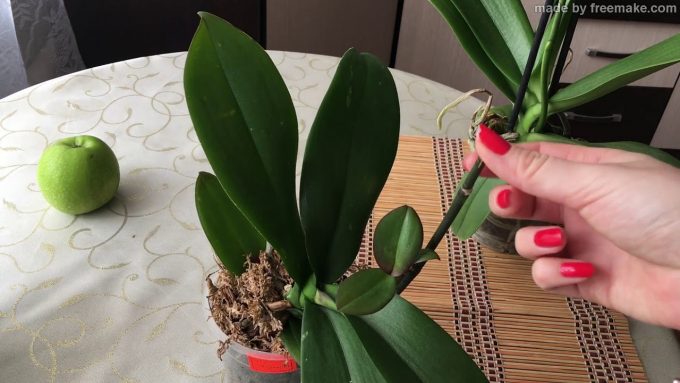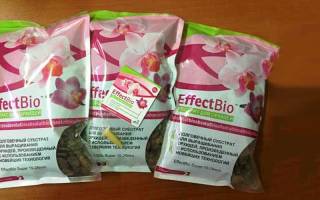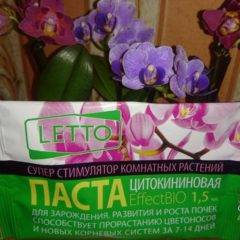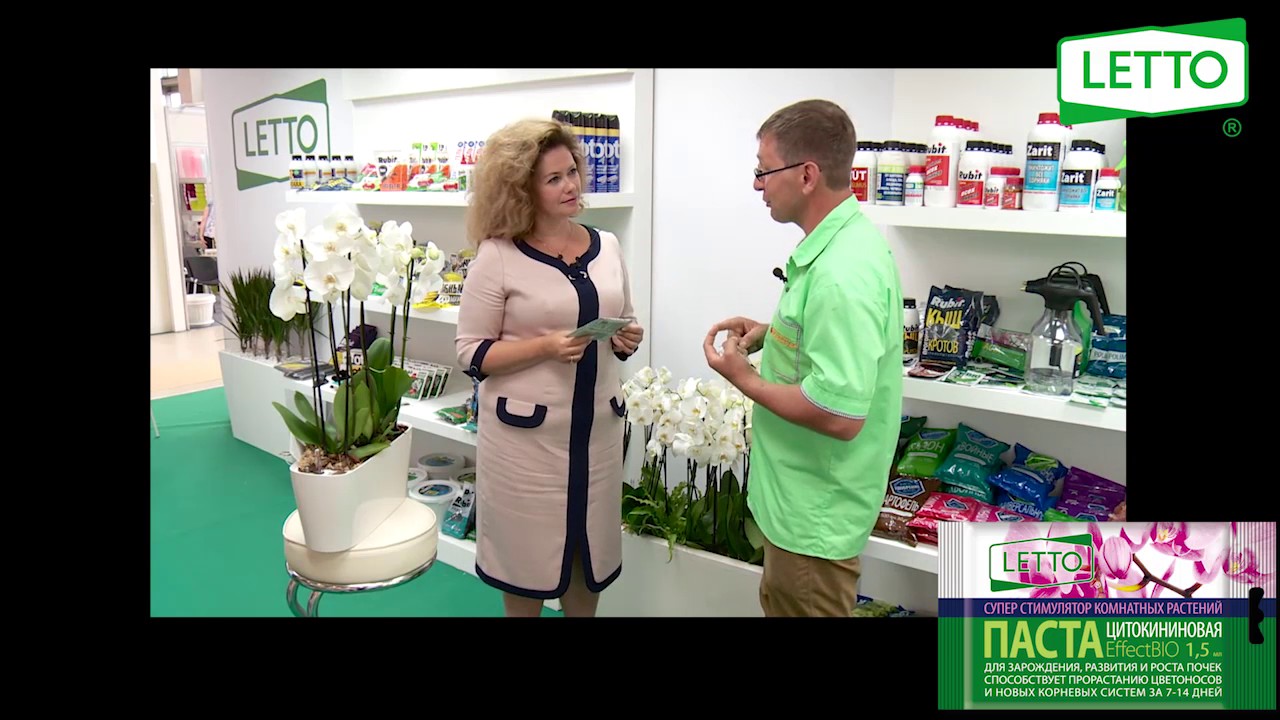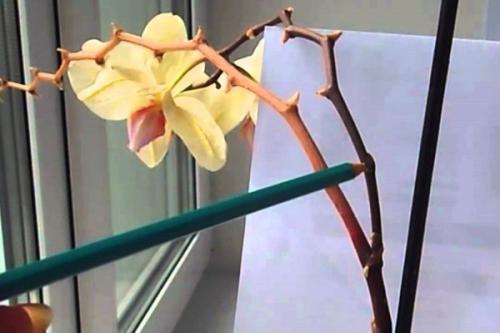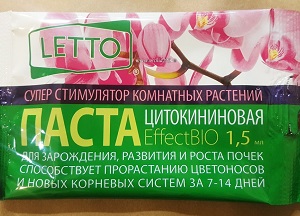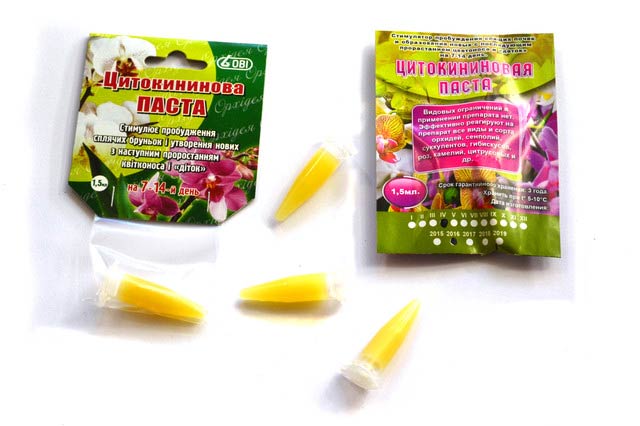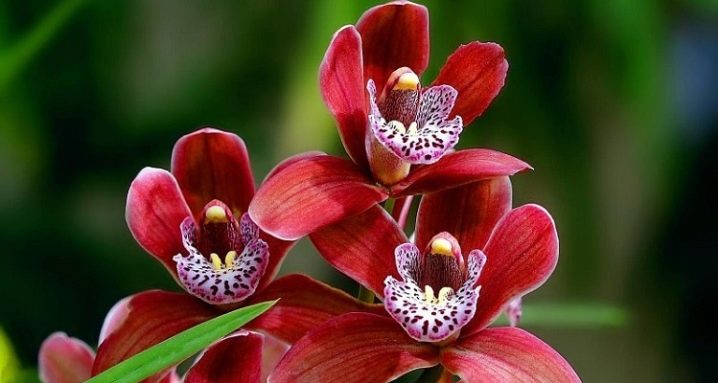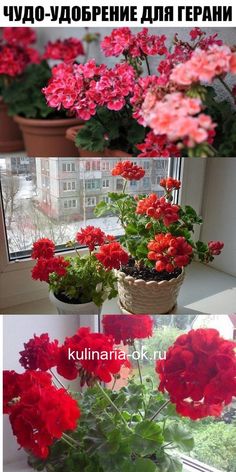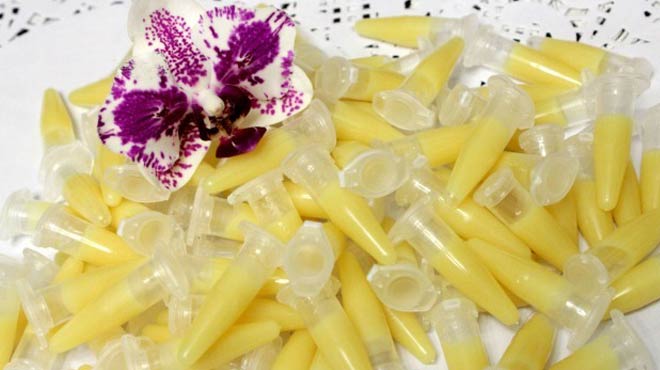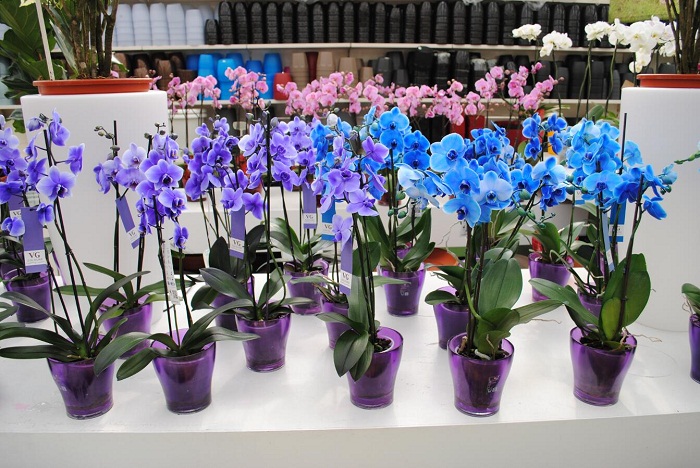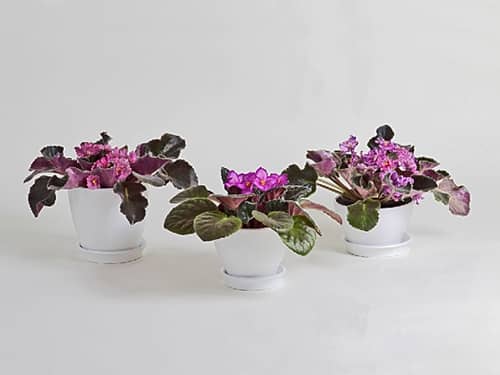When the application of dressing for indoor flowers is indicated
Many novice flower growers are familiar with the situation when a plant brought from a flower shop quickly sheds its petals, becomes smaller, or even becomes unusable. Neither transshipment into fresh soil mixture, nor experiments with temperature, humidity and watering, nor dancing with tambourines save the situation. But the reason is simple and it lies in the banal overfeeding, which is abused by sellers to improve sales.
There are many nuances associated with the latter, since for each plant its own fertilizers are relevant, as well as the schedule for their application.
- An abrupt stop in the development of a plant that does not have a pronounced dormant period.
- Dropping not only old, but also new leaves, as well as the absence of the formation of new ovaries and buds.
- Prolonged absence of flowering with normal development of the green part.
- Change in leaf color to a lighter color, thinning of the stems, loss of turgor.
In any of the situations listed above, you need to feed the plants very carefully, starting with small dosages, since there is always a risk of burning the unprepared root system. For the same reasons, it is recommended to dilute preparations that are too concentrated in their pure form, often causing irreparable damage to plants.
Why fertilize indoor flowers
Many novice flower growers ask themselves the question: "Why fertilize indoor flowers at all?" The answer is simple: the flowers that live in our apartments sit in pots or pots, in the ground, in which, over time, the supply of substances necessary for flowers is very quickly depleted. As a result, plants begin to experience a deficiency of important elements and begin to grow more slowly, wither, turn yellow and may die. Therefore, if you want to see on your window full of life, green and dense, brightly flowering plants, then fertilizing them is imperative.
In the soil, the reserves of substances necessary for flowers are very quickly depleted.
Basic rules for fertilizing indoor flowers
For gardeners, when feeding flowers, the following rule applies: "Do no harm!", Since an excess of fertilizer or improperly applied fertilizing can cause great harm to the plant. There are basic rules for how to feed plants:
- Only fertilize the soil with plants that are healthy. Make sure there are no pests on the bush.
- During the dormant period, that is, from the first days of autumn until early spring, avoid frequently feeding the plants. Do this no more than once every 1-1.5 months, with the exception of some types of crops.
- Avoid fertilizing flowers immediately after transplanting into a new soil or pot: firstly, there is still a supply of nutrients in the fresh soil, and secondly, the plant has already suffered stress, after transplanting it needs rest, and not active growth.
- Do not forget to shed the plant well before feeding: if you do not, then the roots of the flower can get severe burns. Water the flowers with plain water, and then, after 2-3 hours, add the nutrients.
Excess fertilization can do a lot of harm to the plant.
Signs of a lack of nutrients in plants
House flowers, no less than garden plants, need regular replenishment of nutrients. Throughout the spring and summer season, they need feeding at intervals of 2 weeks. In addition, unscheduled application of complex or specialized fertilizers can be performed when the following symptoms appear.
- No signs of growth. The plant does not develop new buds, leaves, it remains the same height for a long time.
- Discarding old leaves. At the same time, new ones do not appear.
- Too rare flowering. This does not apply to those exotic species that are already difficult to get to give a bud at home.
- General painful appearance. The withered leaves that have lost their color brightness, thinning stems indicate that the plant is clearly not getting enough nutrition.
- Yellowing of the leaf plate. It is associated with nitrogen or magnesium starvation, and can be aggravated by the increased acidity of the soil.
- Redness, the appearance of purple hues on leaves and shoots. This is how the lack of phosphorus is manifested.
- Chlorosis, crushing of green mass. This is how iron deficiency manifests itself.
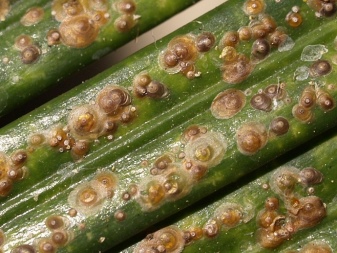

Features of feeding indoor flowers:
carry out feeding taking into account the seasons:
- winter - once a month,
- spring - summer - weekly,
- autumn - once every 2-3 weeks;
the growth rate of a flower culture matters:
- fast growing - weekly,
- slow - every month.
Foliar dressing by spraying a solution of carbamide is carried out at the beginning of development to activate its growth. Prepare the solution for processing the volume of solution required at the rate of 10-15 ml per one flower culture and in the proportion of 1 liter of water per 7-10 grams.
When laying compost, you should pay attention to the materials used for the compost. If these are materials that cause carbon reactions (sawdust, straw, foliage, grass, paper) that can heat up to 60 degrees in the heap, you need to add carbamide in a ratio of 1 kg / 1 sq.
Urea as a top dressing for indoor plants
If you carefully use carbamide according to the instructions, then even the most ordinary lawn with grass will delight you with bright and juicy greens that retain their rich color for a long time.
Milk and whey
It is recommended to spray the leaves from pests with milk diluted with water 4-5 times. Milk, when dried, gives a film on the leaves, which supposedly protects against sucking insects. It will not protect, moreover, such a film is able to close the stomata of plants, which serve for gas exchange and respiration. Ugly white spots will remain on the plant, and an unpleasant odor will soon appear. Watering the soil with milk can cause rotting and uncontrolled fermentation, and a specific smell will appear. The use of milk for these purposes is the translation of a valuable product.
Milk whey is used several times diluted (1:10) for watering and spraying. Whey is no longer as rich in proteins and fats as milk, it will not give a dense film on the leaves. It contains some substances useful for plants that can be absorbed by roots and leaves. Serum lactic acid inhibits the growth and reproduction of pathogenic microflora, accelerates the decomposition of organic matter, lignins and cellulose. If you live in a rural area, and you have a cow, then you can use whey as a preventive measure in the garden. However, you should not completely rely on the protective abilities of milk whey - it will not hurt many fungi that cause various diseases, and after spraying, drips will remain on the leaves, a smell is possible. Rather, the acidic environment will prevent bacteria from multiplying. Fungi in nature are antagonists of bacteria, and where bacteria disappear, fungi immediately populate. In the event of fungal diseases (powdery mildew, gray rot, late blight, etc.), do not waste precious time, use the appropriate agricultural techniques or treat with fungicides. At home, where it is specifically necessary to prepare such a whey, its use is impractical. And to maintain the soil microflora, it is more convenient to use EM preparations containing a set of beneficial microorganisms, including lactic acid bacteria.The same preparations with effective microorganisms (EM) can be used to prevent diseases by spraying the leaves.
Feeding needs
The needs for feeding are due to many factors: the type and age of the plant, the season, environmental conditions.
Particular care should be taken when feeding newly sprouted seedlings - their needs are small, and feeding based on an adult plant will kill them. In this case, it is better to refrain from fertilizing at all. Actively growing specimens require large doses of fertilizers, and older specimens that have stopped growing need them less
You can not feed plants immersed in a state of dormancy, undigested fertilizers will accumulate and saline the soil. For the same reason, diseased plants are not fed. Often the poor condition of the plant is associated with a disease of the root system, and damaged roots are not able to assimilate nutrients, an extra load at this moment only harms them
Actively growing specimens require large doses of fertilizers, and older specimens that have stopped growing need them less. You can not feed plants immersed in a state of dormancy, undigested fertilizers will accumulate and saline the soil. For the same reason, diseased plants are not fed. Often the poor condition of the plant is associated with a disease of the root system, and damaged roots are not able to assimilate nutrients, an extra load at this moment only harms them.
Often, indoor conditions are not optimal for plants, this reduces the growth rate, and, accordingly, their intake of nutrients. With a lack of light, too cool content, insufficient moisture supply, during the heat, the doses of fertilizers applied should be reduced.
The amount and composition of fertilizers applied should be specified for each plant individually, but there are some general rules for feeding indoor plants:
- before the rest period, the dosage is gradually reduced, and after waking up, they begin to feed with small doses;
- before applying fertilizers, the substrate is pre-moistened so as not to cause burns to the roots;
- it is more useful to feed often, but in small doses, than rarely in high concentrations. It is most useful to divide the monthly rate by the approximate number of waterings per month and apply fractionally, one part with each watering;
- when acquiring a new fertilizer, use it at first in small doses to check the response of the plant;
- it is better to apply a little fertilizer than too much.
Watering indoor flowers with ammonia
- Ammonia is useful for onions, garlic, tomatoes, cucumbers, peppers, from flowers - for dahlias, clematis, peonies, roses, pansies, zinnias.
- For strawberries, ammonia is necessary if it is overcome by ants, slugs.
To achieve different goals, individual formulations and dosages are used:
When signs of nitrogen starvation appear - 1 tbsp. l. 25% solution per liter of water. Under the roots of the plant, watered with a solution using 3 tbsp. l. 25 percent ammonia per 10 liters of water.
Watering flower crops and bulbous vegetables - 25 ml of 25 percent ammonia per 10 liters of water.
Spraying vegetable crops - 50 ml per 10 liters of water.
For watering seedlings - 1 tsp. ammonia per 1 liter of water.
When working with ammonia, use latex gloves, an oilcloth apron, a cap on your head, a respirator, and glasses.
In case of poisoning, if this happens, drink warm milk and call a doctor.
How to spray or water
It is best to spray or water from a watering can, which gives abundant splashes. The procedures are carried out at sunset and immediately after. Watering is necessary from a low height under the roots in order to prevent the solution from getting on the green parts of the plants.
Common mistakes
Among inexperienced gardeners, mistakes can be made in the use of urea:
Urea is produced in two grades - "A" goes to the chemical industry and animal husbandry, "B" - to agriculture
Therefore, it is important not to confuse these types of urea and fertilize the flowers with the B brand.
Another mistake is the combination of urea with incompatible fertilizers. Top dressing, which cannot be combined with urea, are indicated above.
Can indoor flowers be watered with urea? It is possible, but only in the spring-summer period of time, since in winter the plants enter a dormant phase, and by provoking the resource-intensive growth of green mass in the cold season, you can destroy the houseplant.
Wanting to get abundant flowering, some growers feed the plants with urea more than once.
This is not worth doing, since an excess of nitrogen fertilizers has negative consequences, as well as a lack of it.
The best ready-made fertilizers
Among the finished industrial fertilizers, there are those that have become truly popular. In the field of indoor floriculture, safety, a convenient form of drug use, and availability for sale traditionally come to the fore.
"Fasco"
The brand under which mineral fertilizers are produced. You can find liquid concentrate, Fitoverm, Vermiculite, Kremnevit, Agroperlite. Sprays are offered for the most tired plants. All components are environmentally friendly, efficient and safe.
Agricola
One of the leaders in the fertilizer market. The complex is produced in the form of a liquid concentrate, dry granules, sticks for placing in the ground. There is a separate product line for flowering crops. Contains: phosphorus, copper, iron, zinc, bromine and manganese, molybdenum, nitrogen-phosphorus-potassium mixture. Among the ready-made preparations for fertilizing the soil or stimulating plants, there are leaders and outsiders. Many of them are used by breeders. For example, the following drugs are well suited to stimulate growth.
- "Zircon". A drug with immunomodulating properties. It is distinguished by economical consumption, has a beneficial effect on the soil microflora, activates the natural protection of the plant.
- Kornevin. Helps to speed up the rooting of new seedlings. The powdery substance is convenient for dispensing and administration. The price of the product is low.
- Epin. Synthetic phytohormone to improve metabolic processes. The instruction prescribes to dilute the liquid concentrate with water, use the resulting solution to soak the seeds.
Some organic fertilizers are also produced industrially. Among them, the following universal options can be distinguished.
- "Organic". The preparation is focused on floriculture, contains sapropel, peat flour, spirulina, wood ash, chalk and humate.
- "Gumi". A preparation with a high concentration of bioactive substances, including humic acids. Promotes the growth of green mass by the plant.
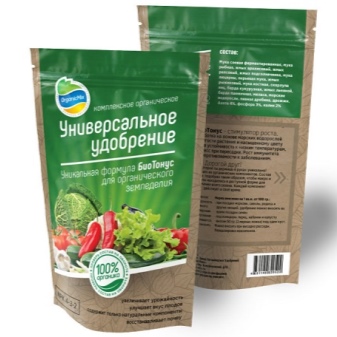
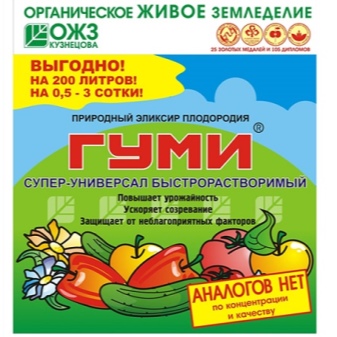
Iodine for watering indoor flowers, vegetables and fruit crops
The presence of iodine in plants has a positive effect on all their vital processes. They grow more actively, bloom luxuriantly, give much more yield and hardly get sick.
How to use iodine correctly
Each cultivated plant needs to prepare iodine solutions individually.
For cabbage, 40 drops of iodine in a 10 liter bucket of water. After you notice the formation of a head of cabbage, be sure to water the bush around the root. A liter of iodine solution is enough for the plant.
For zucchini - 10 milligrams of iodine in a 10 liter bucket of water. One top dressing per season will be enough.
For trees, dilute 10 milligrams of 5% iodine in a 10 liter bucket of water. It is recommended to spray plants with this solution from rot a month before harvesting.
For tomatoes, cucumbers, peppers, eggplants - 3-4 drops of iodine in a 10-liter bucket of water. Sprayed for the prevention or treatment of fruit rot, phytophthora.
If, while growing seedlings, you water it at least once with a weak iodine solution (a drop per 3 liters of water), then the brushes will develop much faster). And after planting seedlings in the ground, it is also useful to water it with a freshly prepared solution - 3 drops per 10-liter bucket of water. Consumption - a liter per bush, watering at the root.
When to feed indoor plants?
Indoor plants are fed only during active vegetation, when both underground and aboveground parts grow and develop in them. It is during this period that fertilizers need to be applied. This rule does not mean at all that correct feeding is carried out only in spring and summer: there are also such plants that not only do not have a full dormant period and develop all year round, but also stars blooming in autumn and winter. It is necessary to choose the period when you need to feed each plant precisely according to its vegetation and its characteristics.
In spring and summer, all plants need feeding. The period of active development in crops, even those growing indoors, begins with an increase in the duration of daylight hours and the intensity of illumination. Usually, the beginning of the growing season falls in March, and when the weather is favorable, it starts already at the end of February. And along with this, the period of active feeding begins. The active growing season ends in autumn, with a corresponding reduction in daylight hours and overall lighting intensity. The seasonal decrease in illumination usually appears as early as October, so the traditional feeding period is usually completed during September.
It is not so easy to understand the dressing in autumn and winter:
- If the plant goes into a full dormant period and completely stops growing, feeding in the fall and winter is not carried out at all. Usually, woody and large plants, flowering crops shedding leaves or the entire aerial part of the plant need to stop feeding.
- A decrease in daylight hours, a slowdown in growth, a cool wintering, a partial dormant period require a decrease and reduction in fertilizing in the autumn-winter period. For example, for many ornamental-deciduous plants, although rare, but maintaining stable conditions, winter feeding is necessary to preserve the beauty of the leaves.
- If the plant blooms in the cold season or in autumn, then fertilization is continued for it.
At the same time, feeding for indoor plants from October to February is possible only if the plant receives a comfortable level of illumination and does not suffer from a lack of light. For crops that do not need additional feeding during this period, fertilization can lead to burns of the root system and excessive accumulation of nonabsorbable nutrients. Even crops that develop in winter and beyond, due to seasonal characteristics and reduced illumination, still reduce their requirements for nutrients, and without adjusting the fertilization, they will also suffer from excess fertilization.
In order not to get confused in the timing and periods of active feeding and in their complete or partial stop, it is enough to carefully study the characteristics of each individual indoor plant - information not only about temperature or lighting, but also about what kind of plants need care. Usually, the recommendations provide all the necessary information about the features of a given species, about the preferred frequency of application and about the composition of fertilizers. There are plants that like abrupt changes in the feeding regime, and those for which the periods when feeding is carried out actively should begin and end gradually.
Universal feeding times vary for newly acquired and transplanted plants. Top dressing after transplanting begins to be carried out only a month later for capricious and after 2-3 months - for hardy and not too demanding plants to feed.When buying, plants are not fertilized not only during quarantine, but also during the first months after it, starting to renew them gradually. Top dressing is never carried out on crops affected by diseases or pests, completely removing them from the care program until the completion of the treatment process.
Special (additional) feeding is carried out when any plant shows clear signs of a lack of certain nutrients. The appearance of spots on the leaves, shedding of leaves and buds, stunting or slowing down of growth, dwarfism, lack of flowering, blanching leaves - all this points to improper feeding. The main task of such dressings is to provide everything that the plant lacks. Conventional liquid top dressing will not bring results immediately, the resumption of normal care will help the plants recover much faster, as well as measures supplemented by foliar dressing.
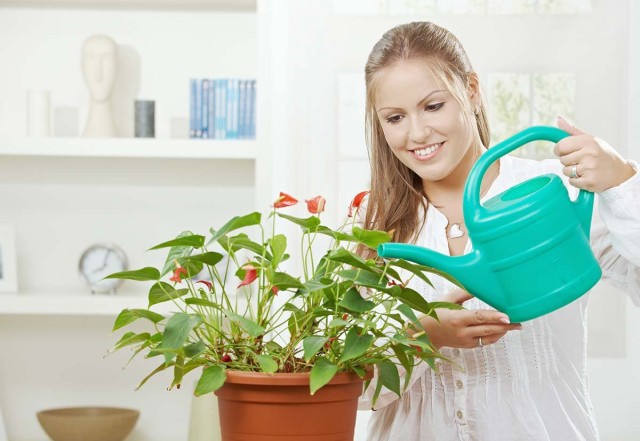 Top dressing of indoor plants when watering
Top dressing of indoor plants when watering

